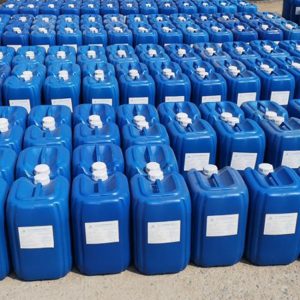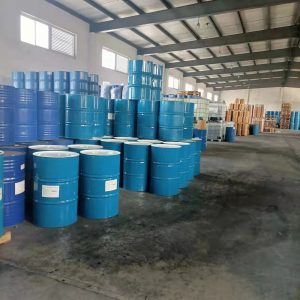Category III hazardous materials
Diesel fuel (Class III hazardous material)
It is a light petroleum product, a mixture of complex hydrocarbons (about 10 to 22 carbon atoms). For diesel engine fuel. Mainly by the distillation of crude oil, catalytic cracking, thermal cracking, hydrocracking, petroleum coking and other processes produced by the diesel fuel distillate blending; can also be shale oil processing and coal liquefaction production. It is divided into two categories: light diesel oil (boiling point range about 180-370℃) and heavy diesel oil (boiling point range about 350-410℃). It is widely used in large vehicles, railway locomotives and ships.
The most important use of diesel fuel is for diesel engines in vehicles and ships. Compared with petrol, diesel has high energy density and low fuel consumption rate, but the exhaust gas contains more harmful components (NO, particulate matter, etc.).

Gasoline (Class III Dangerous Goods)
English name Gasoline (U.S.) / Petrol (British), the appearance of transparent liquid, combustible, distillation range of 30 ℃ to 220 ℃, the main components of C5 ~ C12 aliphatic hydrocarbons and cycloalkane hydrocarbons, as well as a certain amount of aromatic hydrocarbons, gasoline has a high octane number (anti-knock combustion performance), and according to the octane number of the high and low is divided into No. 90, No. 93, No. 95, No. 97 and other grades. Gasoline is produced by refining straight-run gasoline components, catalytic cracked gasoline components, catalytic reformed gasoline components and other gasoline components after refining and blending with high-octane components, and it is mainly used as the fuel for automobile ignition-type internal combustion engines.

Coal Tar (Class III Dangerous Goods)
Also known as coal paste, coal distillate, coal tar solution. It is a black or black-brown viscous liquid obtained in the process of coal coking, with specific gravity greater than water, with certain solubility and special odour, combustible and corrosive. Coal tar is one of the products in the crude gas generated by pyrolysis of coal in the coking industry, and its output accounts for about 3%~4% of the loaded coal at room temperature and pressure, and its products are in the form of black viscous liquid. Coal tar is the main raw material of coal chemical industry, its composition reaches tens of thousands of kinds, mainly containing benzene, toluene, xylene, naphthalene, anthracene and other aromatic hydrocarbons, as well as aromatic oxygenated compounds (e.g., phenol and other phenolic compounds), nitrogen-containing, sulphur-containing heterocyclic compounds and other organic substances, can be used by fractional distillation of coal tar split into fractions with different boiling point ranges. Coal tar is an important raw material for the production of plastics, synthetic fibres, dyestuffs, rubber, pharmaceuticals, heat-resistant materials, etc. It can be used for the synthesis of pesticides, saccharin, dyestuffs, pharmaceuticals, explosives and many other industrial products.
Coal chemical industry is mainly through the coking, gasification, dry distillation method products of various coal chemical products. The main product of coking is metallurgical coke, and at the same time the by-production of gas and benzene, toluene, xylene, naphthalene and other aromatics. Coal gasification, the main products for the city gas and a variety of fuel gas, as well as syngas; low-temperature dry distillation of coal, coal direct liquefaction and coal indirect liquefaction of the main products for the margarine and liquid chemical products.

Naphtha: (Class III hazardous materials) a part of the petroleum light fraction of the general term. There are different distillation ranges for different purposes. China’s regulations distillation range from the initial distillation point to about 220 ℃. Mainly used as reforming and chemical raw materials. As the production of aromatics reforming raw materials, using 70 ℃ ~ 145 ℃ fraction, called light naphtha; when the production of high-octane gasoline for the purpose of using 70 ℃ ~ 180 ℃ fraction, called heavy naphtha. When used as solvent, it is called solvent naphtha, and aromatic solvent from coal tar is also called heavy naphtha or solvent naphtha. Naphtha is colourless transparent or slightly yellow liquid at room temperature and pressure, with special smell, insoluble in water. The density is 650-750kg/m3. The sulphur content is not more than 0.08%, alkane content is not more than 60%, aromatic content is not more than 12% and olefin content is not more than 1.0%. Naphtha is a kind of light oil product, which is obtained by distillation of crude oil or secondary processing of petroleum and cutting the corresponding fraction. Naphtha is an important raw material for the production of ethylene and propylene by tube furnace cracking and benzene, toluene, xylene and aromatics by catalytic reforming. It is also the raw material for blending unleaded petrol.

